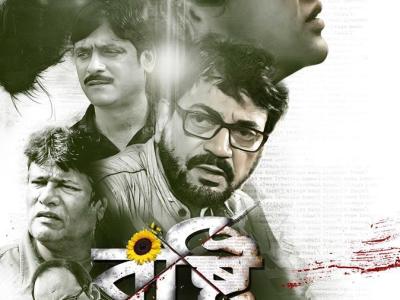
Real-world images often encompass embedded texts that adhere to disparate disciplines like business, education, and amusement, to name a few. Such images are graphically rich in terms of font attributes, color distribution, foreground-background similarity, and component organization. This aggravates the difficulty of recognizing texts from these images. Such characteristics are very prominent in the case of movie posters. One of the first pieces of information on movie posters is the title.
- Categories:



